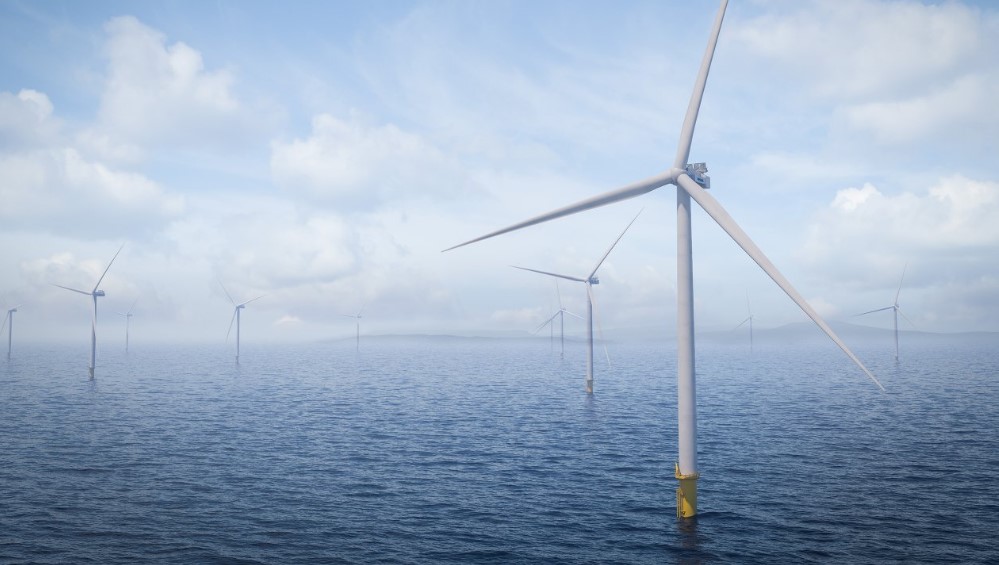There is now a $650-million-dollar wind turbine blowing off the South Fork of Long Island.
It is from the first of 12 turbines now sending 22 megawatts into the region’s power grid. When the other 10 turbines are online, the South Fork Wind Farm will be supplying 132 MW—enough electricity to power as many as 70,000 homes. Experts say much of it will be directed to the Hamptons, where electrical use has steadily climbed over the last several years. Some of that power will have to be stored in advanced battery energy storage systems (BESS) and retrieved for our region’s needs when those turbines are becalmed, or when there is severe weather.
Together, wind and battery storage technologies have the means to be an essential part of the solution in an era when we are seeking electricity generated by renewable sources. These two components are now depended upon by government agencies seeking reliability and environmental responsibility.
Among those who watch over the health and future of our region’s electrical grid is The New York Independent System Operator. Their recently released Comprehensive Reliability Plan assesses our energy needs over the next decade. While the plan was intentionally written for the energy industry analyst and policymaker, it is a must-read for anyone expecting their lights to stay on.
Their analysis includes a detailed examination of the growing risks to electric system reliability. They include: “projected increases in peak demand due to electrification of the transportation and building sectors, additional generator deactivations, delayed implementation of planned infrastructure projects, and extreme weather.”
While it is a comprehensive document that delves deeply into the various challenges of new electrical generation and transmission over the next decade, there are two areas that most importantly affect Long Island. They note with concern the time it takes for energy infrastructure approvals in a region that continues to be targeted by severe weather roaring up the eastern seaboard.
Across Long Island, properties have been identified where renewable battery projects can be built to absorb and release electrical energy. Ultimately, this has become as essential today as substations were when the power of electricity was initially being harnessed.
Key to their construction is safety. Designs include advanced fire detection systems, including smoke and temperature sensors, and internal fire suppression systems to contain or extinguish a fire. And most of these facilities are housed in physical structures comprising fire-resistant materials to contain potential flames within a confined space and prevent them from spreading to other areas.
These BESS complexes are also wired into the latest remote monitoring technology so that issues can be spotted and averted within seconds–from remote disconnect from the power grid to total shutdown.
What’s missing is a sense of urgency. Applicants for these units need to be reviewed, permits granted and construction commencing to keep up with the renewable energy that will only keep increasing.
Townships control such zoning. By working with consultants, state agencies and local community stakeholders, we as an industry can identify and address those issues and then move forward. Only by creating a thorough but expedient means of review can we expect to reduce our reliance on oil- and gas-based energy and provide a reliable means of keeping the lights on when Mother Nature has other plans.
Gus Hadidi serves as managing director of Rhynland Energy, a development firm proposing battery energy storage systems for various Long Island locations.
Image and article originally from libn.com. Read the original article here.

